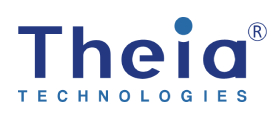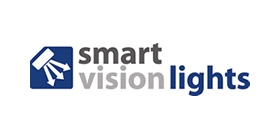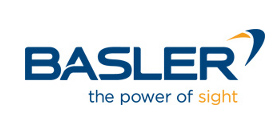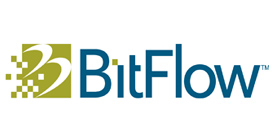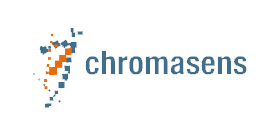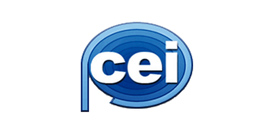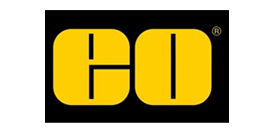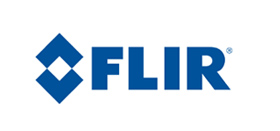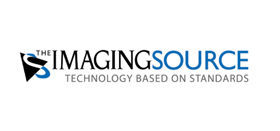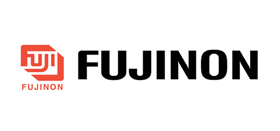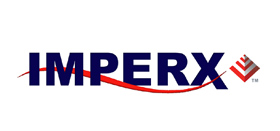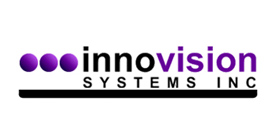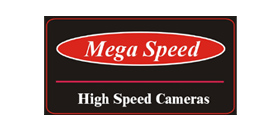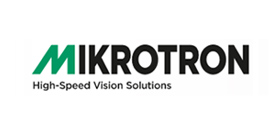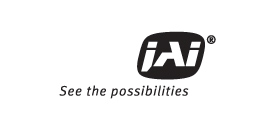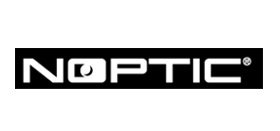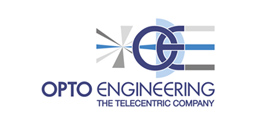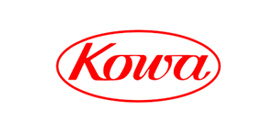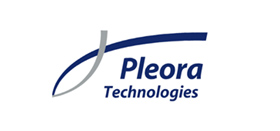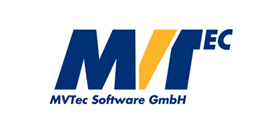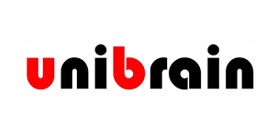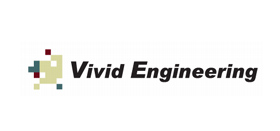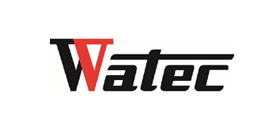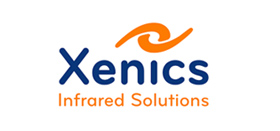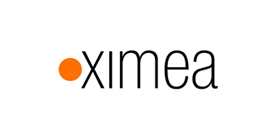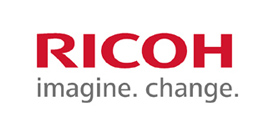What is machine vision? Who is using machine vision? How can I get started using machine vision? These are all great questions when it comes to the exciting world of machine vision, its capabilities, and its impact on daily and yearly production outputs. In this blog, we’ll answer these questions and more, as we introduce you to the future.
What is Machine Vision?
Machine vision is the automatic extraction of information from digital images. A typical machine vision environment would be a manufacturing production line where hundreds of products are flowing down the line in front of a smart camera. Manufacturers use machine vision systems instead of human inspectors because it’s faster, more consistent, and doesn’t get tired. The camera captures the digital image and analyzes it against a pre-defined set of criteria. If the criteria are met, the object can proceed. If not, the object will be re-routed off the production line for further inspection.
Machine vision can be difficult to understand, so here is a very basic example: Say you are a beverage manufacturer. Traditionally, you would have human inspectors watching thousands of bottles move down a production line. The workers would need to ensure every bottle cap was secured correctly, every label was on straight and contained the correct information, and every bottle was filled to the appropriate level. With machine vision, this entire repetitive process can be automated to be faster, more efficient, and more productive.
What are the Components of a Machine Vision System?
Machine vision is used heavily in conjunction with robots to increase their effectiveness and overall value for the business. These types of robots resemble a human arm with a camera mounted at the “hand” position. The camera acts as the robot’s “eyes”, guiding it to complete the assigned task. (Visit our previous blog about integrating machine vision cameras with robots for more information.)
A machine vision system has five key components that can be configured either as separate components or integrated into a single smart camera. The correct configuration depends on the application and its complexity. The five key components are:
Lighting – This critical aspect of a machine vision system illuminates the part to be inspected, allowing its features to stand out so that the vision system can see them as clearly as possible.
Lens – Captures the image and presents it to the sensor in the form of light.
Sensor – Converts light into a digital image for the processor to analyze.
Vision Processing – Consists of algorithms that review the image and extract required information.
Communication – The resulting data is communicated out to the world in a useful manner.
Our MicroHAWK MV Smart Camera is a fully-integrated machine vision system. This means that the lighting, lens, sensor, and vision processing is done on the camera. That information can then be sent to a PC or tablet via Ethernet or USB. MicroHAWK is available with an array of hardware options to take on any inspection task in a wide variety of applications.
Why You Should Use Machine Vision
The machine vision market is growing rapidly. According to Statistics MRC, “the global machine vision market was estimated at $8.81 billion in 2015 and is expected to reach $14.72 billion by 2022, growing at a CAGR of 8.9% from 2015 to 2022”. Many retail giants use a vision system to track products in their warehouse from arrival to dispatch, aiding workers by eliminating the possibility of human error and automating repetitive tasks. “Items retrieved from storage shelves are automatically identified and sorted into batches destined for a single customer. The system knows the dimensions of each product and will automatically allocate the right box, and even the right amount of packing tape.” (MIT Technology Review). A worker will then pack the box and send it on its way.
Machine vision is better-suited to repetitive inspection tasks in industrial processes than human inspectors. Machine vision systems are faster, more consistent, and work for a longer period of time than human inspectors, reducing defects, increasing yield, tracking parts and products, and facilitating compliance with government regulations to help companies save money and increase profitability.
Microscan holds one of the world’s most extensive patent portfolios for machine vision technology, including hardware designs and software solutions to accommodate all user levels and application variables. Automatix, now part of Microscan, was the first company to market industrial robots with built-in machine vision. Our fully-integrated MicroHAWK MV Smart Camera, coupled with powerful Visionscape software, is one incredible platform created to solve your machine vision needs.
Four Main Benefits of Machine Vision
Reduce Defects
- Ensure fewer bad parts enter the market which cause costly recalls and tarnish a company’s reputation.
- Prevent mislabeled products whose label doesn’t match the content. These defects create unhappy customers, have a negative impact on your brand reputation, and pose a serious safety risk – especially with pharmaceutical products and food items for customers with allergies.
Increase Yield
- Turn additional available material into saleable product.
- Avoid scrapping expensive materials and rebuilding parts.
- Reduce downtime by detecting product routing errors that can cause system disruptions.
Tracking Parts and Products
- Uniquely identify products so they can be tracked and traced throughout the manufacturing process.
- Identify all pieces in the process, reducing stock and ensuring product will be more readily available for just-in-time (JIT) processes.
- Avoid component shortages, reduce inventory, and shorten delivery time.
Comply with Regulations
- To compete in some markets, manufacturers must comply with various regulations.
- In pharmaceuticals, a highly regulated industry, machine vision is used to ensure product integrity and safety by complying with government regulations such as 21CFR Part 11 and GS1 data standards.
Four Common Machine Vision Applications
Measurement
Microscan holds one of the world’s most extensive patent portfolios for machine vision technology, including hardware designs and software solutions to accommodate all user levels and application variables. Automatix, now part of Microscan, was the first company to market industrial robots with built-in machine vision. Our fully-integrated MicroHAWK MV Smart Camera, coupled with powerful Visionscape software, is one incredible platform created to solve your machine vision needs.
Counting
Another common machine vision application is counting – looking for a specific number of parts or features on a part to verify that it was manufactured correctly. In the electronics manufacturing industry, for example, machine vision is used to count various features of printed circuit boards (PCBs) to ensure that no component or step was missed in production.
Location
Machine vision can be used to locate the position and orientation of a part and to verify proper assembly within specific tolerances. Location can identify a part for inspection with other machine vision tools, and it can also be trained to search for a unique pattern to identify a specific part. In the life sciences and medical industries, machine vision can locate test tube caps for further evaluation, such as cap presence, cap color, and measurement to ensure correct cap position.
Decoding
Machine vision can be used to decode linear, stacked, and 2D symbologies. It can also be used for optical character recognition (OCR), which is simultaneously human- and machine-readable. In factory automation, machine vision is used to sort products on a production line by decoding the symbol on the product. The symbols themselves can also be verified by machine vision-based verification systems to ensure that they comply with the requirements of various symbology standards organizations.
Machine vision is a powerful tool that saves money and increases efficiency in virtually any industrial process. The MicroHAWK MV Smart Camera can be scaled from basic decoding to advanced inspection and integration with robotic applications.
Microscan will soon be announcing a new machine vision system that will make you re-evaluate your definition of fast.
To Know More About INDUSTRIAL MACHINE VISION SYSTEM, Contact Menzel Vision and Robotics Pvt Ltd at (+ 91) 22 35442505 or Email us at info@mvrpl.com
Source - microscan.com


